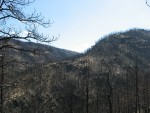
Monday, May 6th, 2013
Every year, several hundred million hectares of forest, grasslands, and other types of vegetation burn throughout the world, and this amount is set to increase due to climate change. Wildfires pose a challenge for ecosystem management because they can be both harmful—threatening human life, property, economic activity and contributing to climate change—and beneficial—by regulating plant
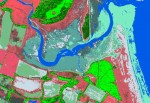
Sunday, April 21st, 2013
Organizations responsible for environmental monitoring, especially when it comes to ‘smart development’ in environmentally sensitive areas, are increasingly using the right geospatial data, tools and processes to ensure minimal impact.

Tuesday, March 5th, 2013
The sciences, technologies, and practices of remote sensing and of geographic information systems (GIS) arose separately, developed in parallel, intersected, and are now inextricably linked. Nearly all the features in most GIS are collected by means of satellite imagery or aerial photogrammetry, and GIS is the application where this imagery is most commonly visualized. “All
Tuesday, February 26th, 2013
Good management decisions require the availability of quality information. For forest resource managers, the combination of airborne Light Detection And Ranging (lidar) remote sensing data together with Esri’s ArcGIS and the Forest Service, U.S. Department of Agriculture’s own FUSION software have created a powerful 3D environment capable of modeling a forest’s canopy structure.
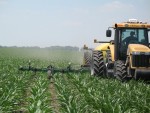
Monday, January 21st, 2013
If Old McDonald had a farm today, he could manage it from his laptop computer and map it with an application on his handheld device. When he was out in the field, his tractor’s guidance system could know its position to within less than an inch, turning his planters and sprayers on and off accordingly.
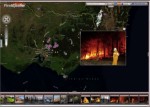
Tuesday, September 18th, 2012
Traditional GIS applications have long been a trusted tool of the trade for professionals working in the field of emergency management. Recent advances have led to a greater capability to undertake a holistic approach to incident management utilising much more than the conventional knowledge derived from static maps and GIS silos.

Tuesday, July 31st, 2012
The idea for biosensors — using some part of an organism to generate a signal to measure or monitor the presence of a substance — has been around for more than a century. The classic example is the use of canaries in coal mines to detect toxic gasses. Because these tiny birds are so sensitive

Monday, July 2nd, 2012
For thousands of years, humanity has sought to improve its ability to make decisions. Record keeping and information gathering has driven many of the innovations. Better information leads to competitive advantage on the battlefield and in the boardroom. But today, we have a truly 21st century problem: too much information. Or rather, too much data,
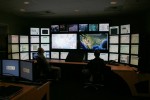
Monday, June 25th, 2012
For decades, state and local departments of transportation have collected traffic data by means of a variety of methods — including sub-surface magnetic induction loops, pneumatic hoses laid across lanes, piezoelectric sensors placed alongside roadways, and vehicle counts by human observers. These traditional traffic data collection methods, however, are limited in coverage and expensive to
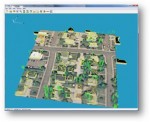
Monday, June 4th, 2012
Today, geospatial data is used in critical decision making across industries and applications – from disaster response to defense and intelligence and natural resource management. When using geospatial data to make critical decisions, it is increasingly important to understand an area of interest from all angles in order to make the most informed decisions possible.